

These 20 futuristic technologies already exist today
Much of what used to be science fiction is now reality. K.I.T.T. from "Knight Rider", the hoverboard from "Back to the Future" or the Terminator from, well, the "Terminator", are just a few examples that show how quickly progress is growing.
When you watch older films or read a book that's been around for a few years, it's always amazing to realise that many things that used to be pure fiction are now completely banal. Technology is developing at an ever-increasing pace, so that even outlandish concepts are often realised just a few years later. The following examples show how quickly science fiction becomes reality. You will probably be familiar with many of them, but some of them really make you wonder what kind of witchcraft this is.
Gesture control
It looked wacky when cult leader Tom Cruise waved his hands around in Minority Report, tracking down would-be criminals in a holographic cyberspace. Gesture control is already quite advanced. Xbox Kinect recognises individual fingers and DJI's new drone Spark can also be controlled with hand movements. With VR glasses and the additional adapters from Leap Motion, you can also use your hands for gesture control. It doesn't look quite as fancy as in "Minority Report", but it's certainly impressive.
VR glasses
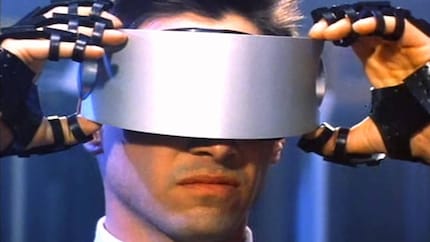
Don't tell me "Johnny Mnemonic" isn't a good example of VR goggles. It's the finest sci-fi trash from the 90s. Either way, VR goggles are commonplace today. Even the gloves are no longer far removed from the mainstream product. There is still a lot of room for improvement in terms of technology, but VR goggles are already ideal for diving in for a spin.
Hoverboard

When Marty McFly raced through Hill Valley on his hovering skateboard almost 30 years ago, we all wished we had a hoverboard. The wait is over: hoverboards already exist in various forms. Unfortunately, they are not yet quite as stylish and uncomplicated as Marty's skateboard, but we are getting there.
Hololens
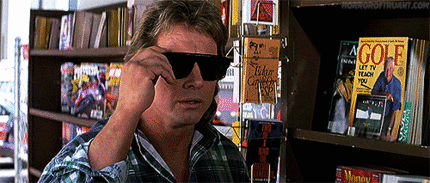
More horror than science fiction, but in principle recognised the benefits of augmented reality early on in the 80s cult film "They Live". Using special sunglasses, main character John Nada recognises which people are actually aliens and which are not. Hololens is now the dream come true - without secret infiltration by aliens. Although still a little clunky and expensive, developers and those keen to experiment can already buy Microsoft's AR glasses today and transform their surroundings into virtual rooms or fend off monster attacks in their own living room.
Jetpack

Flying to work with a jetpack. That would be my dream. It would probably be far too cold and, depending on the altitude, I would either start a fight with drone pilots or get run over (flown over?) by an aeroplane. Nevertheless, it looked very funny in James Bond's "Thunderball". It actually works. You won't be able to cover very long distances with it, but it's enough for a few nerve-wracking minutes. The only commercially available model comes from Jetlev and employees water pressure.
Invisibility

Whether it's Harry Potter's magical cloak or James Bond's Aston Martin from "Die Another Day", invisibility has always fascinated people. Many researchers around the world are investigating the phenomenon using different approaches. Keio University in Japan, for example, has developed a cloak that can record its surroundings using a camera and project them onto the cloak. This makes the wearer appear transparent. However, too much light is still reflected so that complete invisibility is not guaranteed. The University of Rochester in the USA, on the other hand, has developed a device consisting of four lenses. If you look through them, three-dimensional objects appear invisible. Until we can completely camouflage our car to scare the cashiers in the drive-through, it's probably not going to happen any time soon.
Human robots
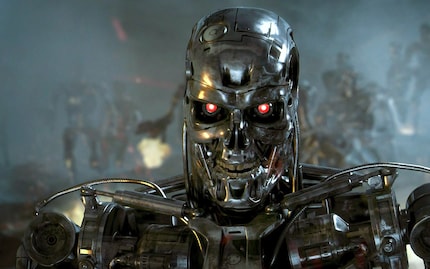
We are closer to the Terminator from the film of the same name than we would like. Boston Dynamics, a company acquired by Google, has already developed a whole series of robots that perform amazing feats. Most of them are modelled on animals and could be used for transport purposes in military operations. But there are also bipeds. All that is missing is a connection to Google's gigantic data network and Skynet is born. Google, or Alphabet, recently sold Boston Dynamics, but I'm sticking to my apocalypse theory. Let's just hope that the time machine is invented soon.
Exoskeleton
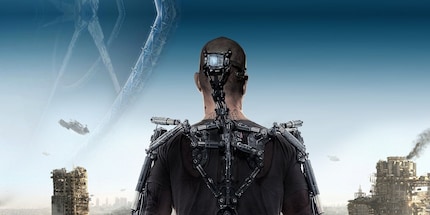
An exoskeleton can give the wearer more strength and speed through mechanical assistance, as in the film "Elysium" with Matt Damon. Although you can't yet go to war with today's models, they are already being used in industry to carry heavy loads. Of course, research is also being carried out into military applications.

Communicator
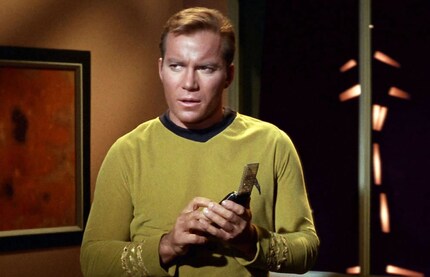
Something that is completely fashionable today is telephony. In the original "Star Trek", the communicator, along with phasers and warp speed, was part of fantastic future mumbo-jumbo. Today, we all have a smartphone in our pocket that can easily connect to people all over the world - with video, of course. Ok, across the galaxy doesn't work yet, but maybe we just don't have the right number to call. And just like in "Star Trek", foreign languages can now even be translated live. In Skype, you can hold conversations in Chinese, English or Spanish, for example, which are immediately translated into the corresponding language and read out.
Irisscan

When you see how an iris scanner is tricked in "Demolition Man", you're tempted to go for the password after all. The fact is, however, that the technology is already being used in smartphones and laptops. Windows 10 even offers the option of unlocking your computer with your face. Hopefully this will also minimise the risk of Simon Phoenix committing identity theft against you. A head like that would be very unwieldy.

Smartlense
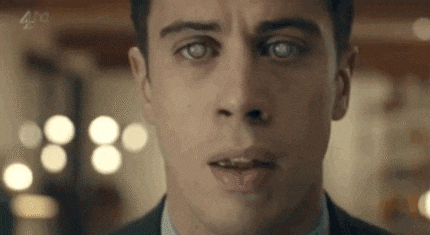
In one episode of the Netflix series "Black Mirror", a rather spooky scenario is depicted in which people are given a kind of camera function thanks to an implanted chip. Everything they see can be enlarged, analysed and viewed again later. Fortunately, such implants do not yet exist, but we are already close. Google, or rather its subsidiary Verily, is working on intelligent lenses. This gives you a heads-up display almost like in a game. The latest version of the smart lens is implanted in the eye. Verily is working with Novartis, among others, to help employees with diabetes to monitor their blood sugar levels.
3D printer
Objects from the printer? "Witchcraft", cries Bender from Futurama, and rightly so. But we're not talking about an inkjet printer either. Today's 3D printers are available even for private users and print objects from a wide range of materials. They can even be used to print weapons. Unfortunately, it's not yet as fast as Bender's.
Food from the 3D printer
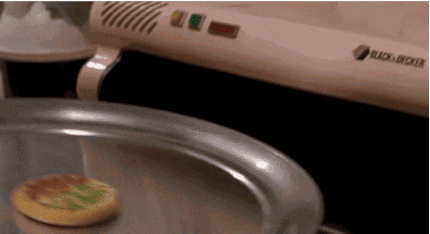
Microwave on, mini pizza in and a few moments later a crispy family pizza comes out. At least that's how we imagined the year 2016 in "Back to the Future 2". What is actually already possible is to print food with a 3D printer. It doesn't always look appetising and takes much longer than a few seconds. Nevertheless, I hope you enjoy your meal.
Self-driving cars
K.I.T.T. was and is the coolest sled of all time. The talking car could navigate on its own while Michael Knight took a nap. You can't sleep in the car yet, but various driverless vehicles are already touring the globe. The Tesla is probably one of the best-known vehicles that largely manages without human guidance. From this summer, two buses are even expected to be travelling through Zug. They are part of an SBB pilot project.
Hologram
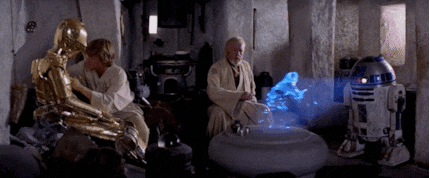
Sending holographic video messages, like Leia in "Star Wars", that would be something. It would make long-distance relationships a lot livelier. Or imagine watching a film and the whole thing playing out in three dimensions in your living room - without the need for any pesky 3D glasses. Especially if the films have similar storylines, like the video of the long-distance relationship 😉. The technology already exists, even if it is not yet fully developed. In the French election campaign, for example, politician Jean-Luc Mélenchon used holograms to make seven appearances in one evening. In terms of quality, he came off almost better than Leia - albeit flatter. But it will be a while before we can fool other people with our holograms like in "Total Recall".
Artificial organs

In the film "Crank", Chev's (Jason Statham) heart is stolen and replaced with an artificial one - it happens to me all the time. But it's not as unrealistic as it sounds. I'm talking about the second part, but the first is probably also true. Over 2000 people in Germany have an artificial heart. However, the whole heart is not actually removed and replaced with a new one. Instead, a small pump is placed in the ventricle which, connected to a battery, keeps the body alive. It remains to be seen whether a car battery will help in the event of failure, as in "Crank".
Research is also being conducted into completely artificial hearts. Companies such as Carmat have already implanted a single-digit number for test purposes. The image below is from AbiCor, another company aiming to create an artificial heart. The battery required for this can even be worn in the body.
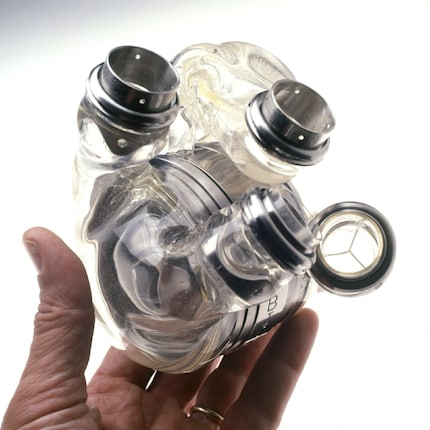
Artificial joints
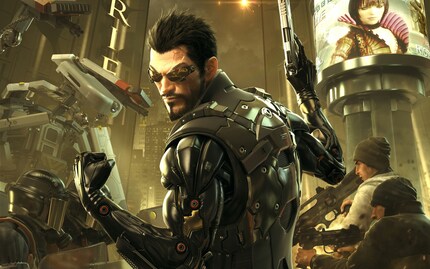
In the sci-fi role-playing game "Deus Ex", humans have literally merged with robots. No joint that is not replaced by biotechnical elements. Arms to grip harder, legs to run faster or entire upper bodies to bounce bullets off. What already exists today are bionic prostheses. These are used, for example, to help war veterans who have lost an arm or a leg. They are connected to the brain via nerves and transplanted muscle cords and can therefore be controlled. Even feeling and touch are possible again.
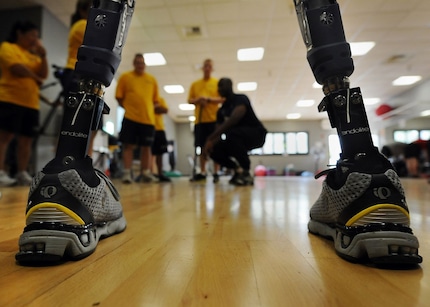
Talking computers
It would be cool if we could have complex conversations with our computers like in "2001: Space Odyssey" with the supercomputer HAL 9000, which is the brain of the spaceship Discovery. And lo and behold: with Siri, Google Assistant and Alexa, we already have relatively intelligent assistants in our pockets and at home. They can control other devices remotely, answer questions and read out messages. They may not be able to perform overly complex tasks yet, but they don't have murder on their minds - hopefully.

Touchscreens
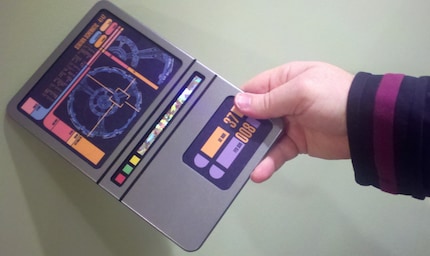
The TV series "Star Trek" was certainly not the only one to take up the concept of touchscreens, but it is certainly one of the best-known examples. All the equipment on the Enterprise was mostly controlled using colourful displays. 30 years after the start of series production, we use touchscreens on ticket machines, smartphones and laptops, where practically none of them can do without fingerprints on the display.
Multipass
Do you remember the scene with the multipass from "The Fifth Element"? Great piece of technology, right? We've even moved on and don't even have to plug it into a slot. The ever-popular Swisspass from SBB is scanned via NFC and the ticket inspector knows what's going on. If that's not super futuristic, I don't know what is 😉.

You might also be interested in this
Being the game and gadget geek that I am, working at digitec and Galaxus makes me feel like a kid in a candy shop – but it does take its toll on my wallet. I enjoy tinkering with my PC in Tim Taylor fashion and talking about games on my podcast http://www.onemorelevel.ch. To satisfy my need for speed, I get on my full suspension mountain bike and set out to find some nice trails. My thirst for culture is quenched by deep conversations over a couple of cold ones at the mostly frustrating games of FC Winterthur.





